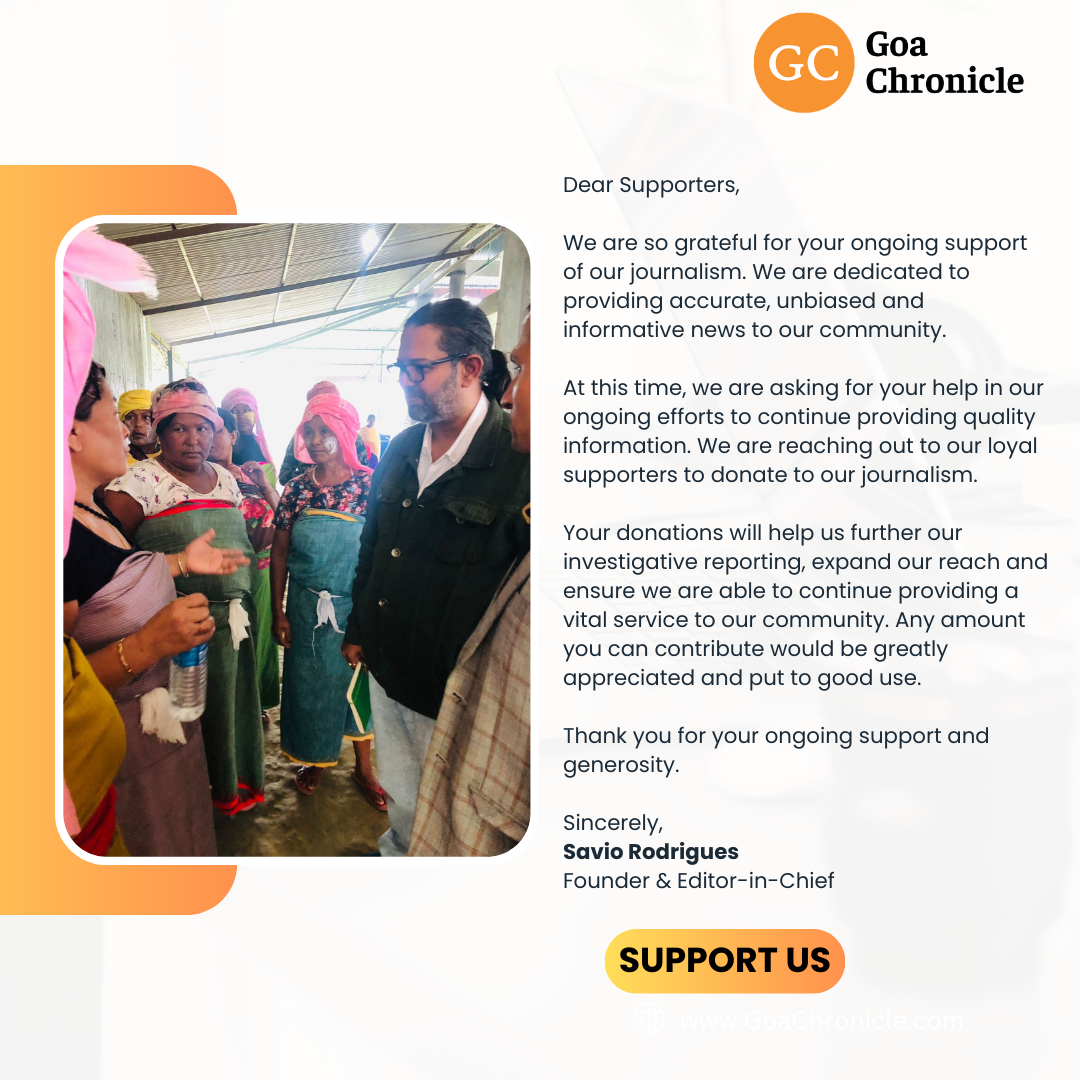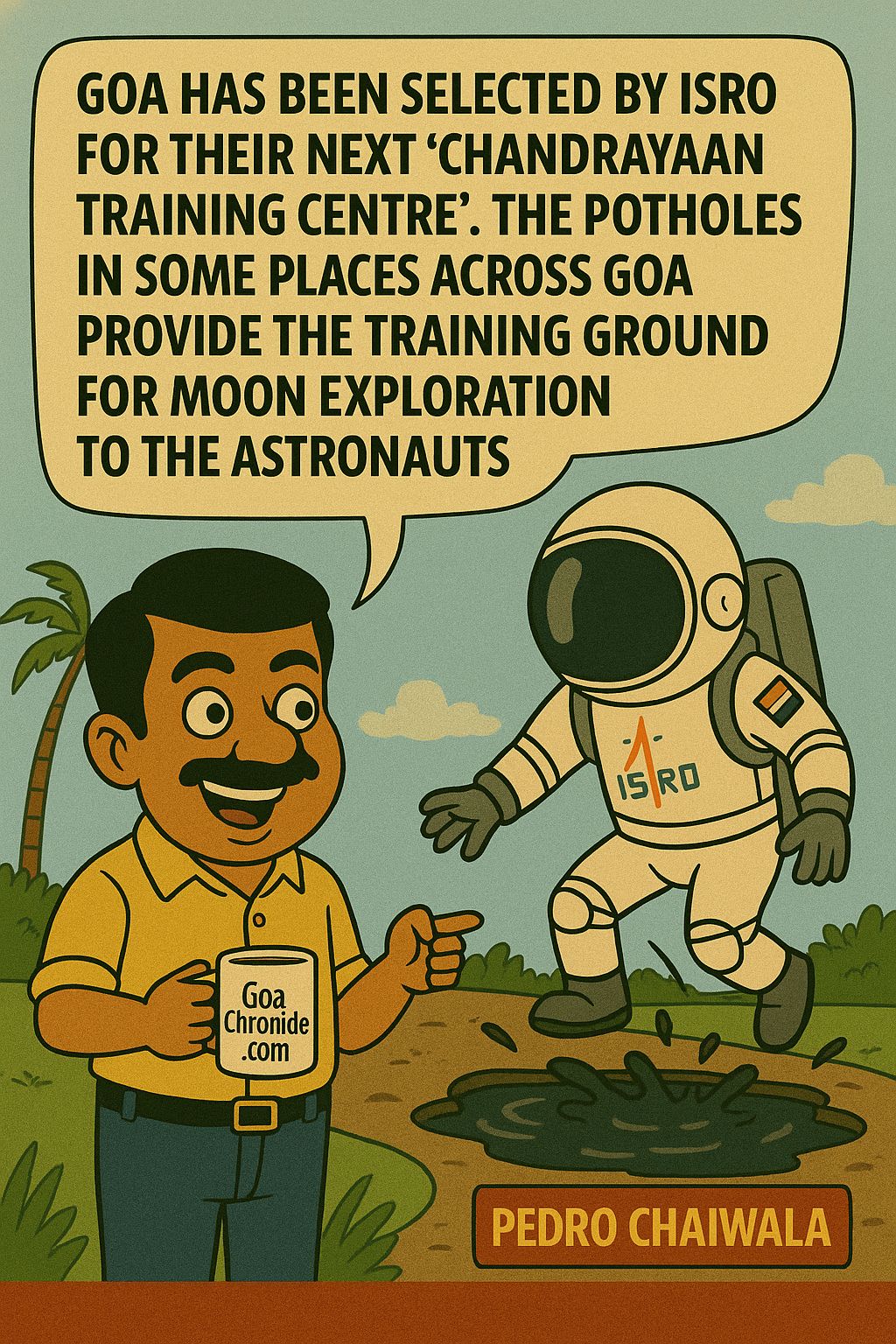The highly anticipated book, ‘The Moving of Mountains: The Remarkable Story of The Agastya International Foundation’, chronicling the remarkable journey over the past 25 years, offers an inspiring narrative of perseverance, innovation, and the power of education to transform lives.
Authored by Adhirath Sethi, this book delves deep into Agastya’s 25-year journey, from its humble beginnings to becoming a global movement that touches over 5 million students annually. Through its pages, readers will learn about the challenges faced, the successes achieved, and the inspiring movement that has changed the lives of millions of children.
‘The Moving of Mountains’ is not just a book about education; it is a call to action for those who believe in the power of curiosity, creativity, and the potential of India’s youth to shape the future. The book tells the inspiring story of how a small group of visionaries transformed Agastya into one of the world’s most respected educational foundations.
Through a hands-on, innovative approach to science education, Agastya has sparked curiosity, nurtured creativity, and empowered thousands of children across India and beyond. From its humble beginnings to global recognition, this book highlights Agastya’s resilience, scalable solutions, and pioneering methods that are shaping the future of education. A must-read for educators, policymakers, and social entrepreneurs, it offers both a compelling case study and a practical guide for implementing impactful educational innovations.
Adhirath Sethi is a businessman and author, based in Bangalore. He is also a trustee for the Agastya International Foundation. He is an alumnus of The Rishi Valley School, Eton College, and the London School of Economics. A former management consultant with the Boston Consulting Group, he took an all too eager plunge into entrepreneurship in 2008.
In 2019, to commemorate Agastya’s two decades since inception, a proposal was put forth to capture the story of the foundation’s remarkable journey. He spent the first half of 2022 interviewing anyone that might have insights into Agastya. Speaking with everyone from front-line workers to donors, to board members, and senior management, the inside story of Agastya began to emerge.
As a board member of the Agastya International Foundation, and as Chairman of the Navam Foundation, Adhirath’s involvement in the NGO space spans over ten years and includes contributions to fundraising, operations management and strategy.
In order to know more about the success journey of the Agastya International Foundation, and how Adhirath’s book captures the essence of the same, Sonakshi Datta of GoaChronicle had a detailed conversation with the author.

‘The Moving of Mountains’ Author Adhirath Sethi
What is the Agastya International Foundation and what is its vision?
Agastya is the world’s largest hands-on science experiential learning programme. Through a nation-wide network of science centres and mobile delivery mechanisms, they take science learning to the remotest parts of India. The idea is to get disadvantaged children – most of whom study in government schools where facilities are limited – to experience science in an interactive way. This kind of learning sparks curiosity, encourages creativity, and pushes the mind towards innovative thinking. Allowing young minds, the freedom to think creatively in turn inspires confidence and caring.
Today, Agastya reaches close to 5,000,000 children a year and has over the past 25 years reached about 25,000,000 children across India. Over the next decade, Agastya has outlined its vision 2.0 that seeks to reach 100 million children with its various science and arts learning programmes. It is an ambitious target but one that Agastya believes will plant the seeds for a whole generation of fierce free thinkers and young leaders.
How did the Agastya International Foundation evolve into a global movement? How did the idea of developing this foundation take birth?
Ramji Raghavan – Agastya’s Chairman and Co-founder – quit his high-paying job in London to come to India and immerse himself in changing the landscape of Indian education. The belief was that rote-learning and exam-centric teaching were not doing enough to inspire joy in children. Agastya believed that by sparking curiosity, this joy could be reignited.
Agastya’s founders, very early on, developed a vision for the sort of organization they wanted to be and the kind of change that they intended to influence in the realm of Indian education. While the actual methods and the models that Agastya employed were constantly evolving and often even pivoting wildly, this core vision was held in place.
So, while the original idea was to build a world class school, what ultimately emerged was the world’s largest hands-on science experiential learning program. Nonetheless, Agastya’s final form was still deeply rooted in its original plan to spark curiosity, nurture creativity and innovation, and build a culture of caring and confidence.
How would you describe the 25-year journey of the Agastya International Foundation? What were the major challenges faced and what were the most important learnings that came out of the development process?
Agastya’s journey has been interesting and rather circuitous. From the very beginning there was a difficulty in raising funds, which in turn limited the reach of the foundation, despite the founders’ grand ambitions. In addition to this, Agastya was trying to bring about a fundamental change to the way that education was being seen in India. Many believed that even though the existing system was flawed, it was serving its purpose. However, Agastya saw that without creativity and curiosity, learning would be limited to what was written textbooks and in time would not allow India’s children to compete on a global scale. Convincing donors and educationalists of their cause was extremely challenging.
Agastya also understood from the very beginning that as a non- profit, they would not always be able to hire specifically for the role that they needed people for. Instead, they began hiring the person rather than the role and trusting that the person they hired would find his or her place within the organization and drive meaningful change where necessary. Our founder, Ramji Raghavan, once interacted with an army general who illustrated that in the thick of war, soldiers are ultimately not fighting for their nation or even their loved ones.
With death imminent, the soldier entrusts their faith in their immediate commanding officer and will risk everything based on their officer’s direction. This insight was crucial in how Agastya developed its own frontline workers or instructors.
Something that was inculcated right in the beginning was to develop a strong relationship between the frontline workers and their immediate managers. Agastya knew that while the leadership could provide direction, the ultimate quality of the organization would be defined by how the frontline instructors interacted with children and guided them through their journey of curiosity and learning. Developing a fierce loyalty between instructors and their immediate managers was crucial to ensure that both on-ground ownership and attitude were aligned with what Agastya was trying to achieve on a national scale.
How would you describe your own evolution being a part of Agastya and what all do you look forward to, in the near and distant future, as a part of the foundation, and for the foundation as a whole?
As a board member, I have had the pleasure of watching Agastya grow from the inside. There is a genuine culture of caring and empathy woven into the entire organization and that stems from the management down to the frontline workers and eventually reflects in the way that children respond to Agastya’s teaching.
All of us at Agastya are looking forward to Agastya’s vision 2.0, which as I have mentioned earlier is an ambitious target to reach 100 million children. It will require a fusion of Agastya’s unique hands-on techniques with the ever-increasing digital teaching methods that are evolving around us. If Agastya’s track record is anything to go by, they will no doubt combine their methods with the digital space in a uniquely path breaking and world changing way. It is something that I keenly look forward to watching unfold.
What makes ‘The Moving of Mountains’ a must-read for all?
The Moving of Mountains charts the story of Agastya from its inception to its present status as a nationally renowned educational powerhouse. It is as much a hero’s journey as it is a story about the nuances and challenges of building a world- class institution. The book can serve an inspiration for young social entrepreneurs, as a guide for those looking to build an organisation from the ground up, and a call to arms for donors seeking a worthy-cause towards which to contribute.
Writing this book has not only allowed me to tap into the perspectives of globally renowned thought leaders but has also allowed me to extract those learnings that Agastya’s staff and management have incorporated in making it a foundation of enviable eminence.
































